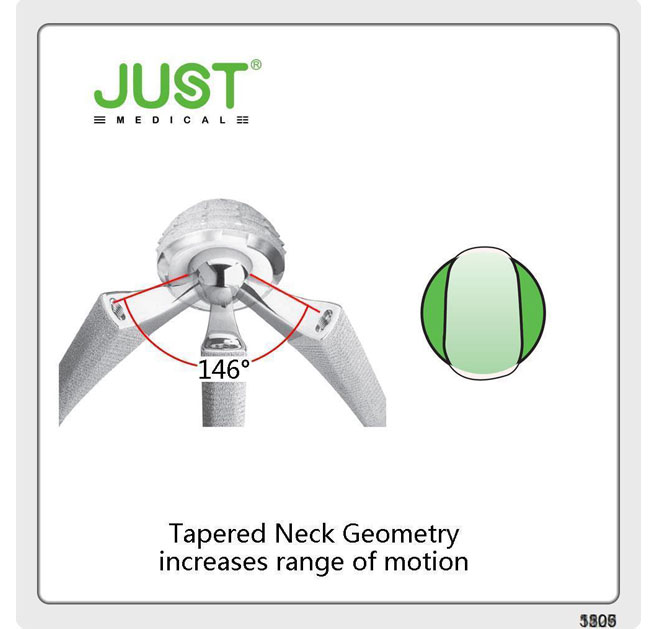How Long Does Hip Replacement Surgery Last?
 Mar. 08, 2021
Mar. 08, 2021
Today, ceramic composites are increasingly being used in hip replacements, with titanium being preferred. Hip replacement is one of the most successful and widely performed procedures in the world. 90% of patients report pain-free movement and a wider range of motion. How did this miracle manifest itself?
Doctors performed the first hip replacement in 1891 using ivory, but they soon switched to metal. With the invention of Teflon, there was less wear and tear in the patient's body as well as a build-up of metal until modern alloys were introduced. Today, a typical metal femoral head replacement consists of a titanium rod attached to the femur and a cobalt-chromium alloy for stiffness. The head is machined to a certain size and then polished to reduce friction on the bone. Not long ago, a polyethylene plastic spacer was placed between the head and the socket to further reduce wear, but the cobalt-chrome head itself was found to last longer.
Due to the wear and tear properties of metal hip replacements, orthopaedic surgeons have been looking for an alternative that works for younger patients. A total hip replacement using metal usually lasts about 20 years. For some patients this is fine, but for young patients in their 30's and 20's with severe rheumatoid arthritis, the life span of the joint is unacceptable.

Benefits of ceramic-ceramic total hip replacements
Ceramic replacements are an improvement on conventional hip replacements for many reasons. Some of the benefits of ceramic hip replacement solutions include:
Better wear characteristics than conventional hip replacements (metal-to-metal, plastic-to-metal): the ceramic-to-ceramic hip replacement has a longer life expectancy than conventional hip replacements.
Reduced pain in arthritic joints: ceramic-on-ceramic hip replacements can achieve the same hip replacement goals but with longer-lasting results.
Less likelihood of fracture due to material: ceramic is more durable than the plastic used in other hip replacements.
How long does hip replacement surgery last?
Hip replacements last on average around 25 years, but this may be extended further with the use of ceramics. The main cause of hip replacements is to wear and tear. Over time, the head rolls down, causing a build-up of material which is associated with loosening of the joint, recovery of pain and reduced mobility.
Ceramic implants, however, are smoother and harder than their cobalt-chromium counterparts and therefore wear less. This is one of the reasons they are used in automotive high-performance brake pads. For young patients undergoing hip replacements, this could be a huge bonus. If they receive a metal implant at the age of 45, then by the age of 70 they will need revision surgery at some point in their lives when their body is unable to heal itself and deal with any complications associated with the surgery. The hope is to extend the life of the implant to a longer period of time with a ceramic head to avoid them having to undergo the necessary surgery to have it replaced.













